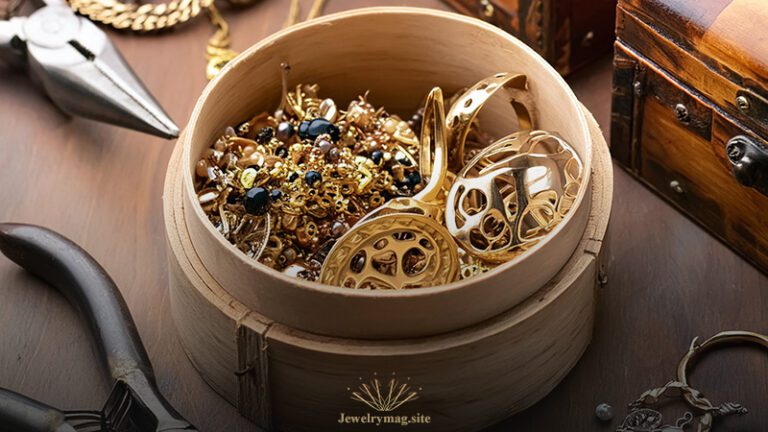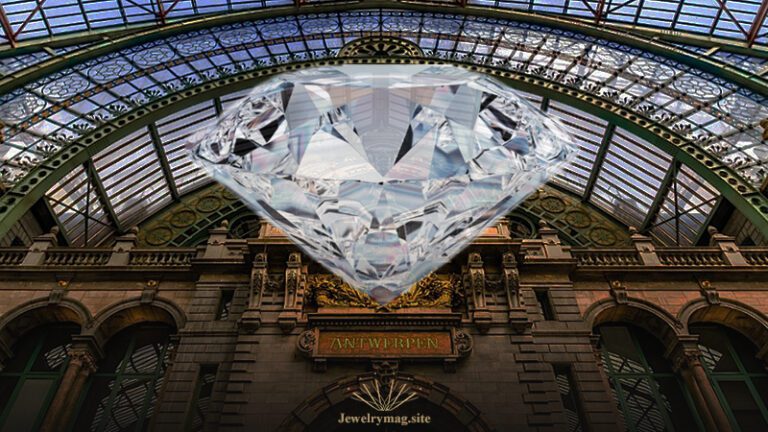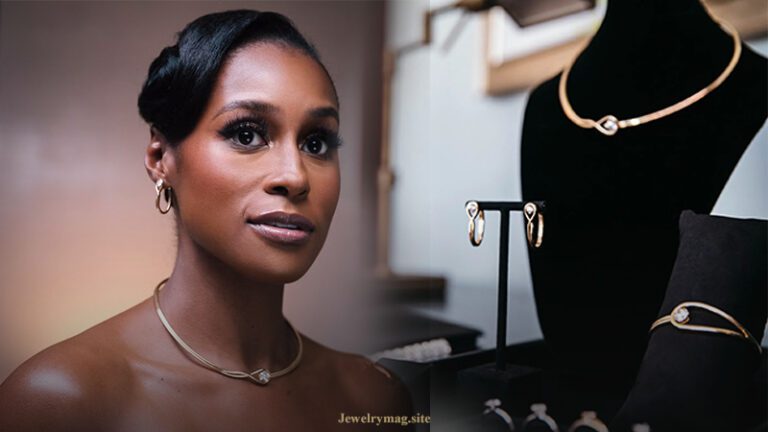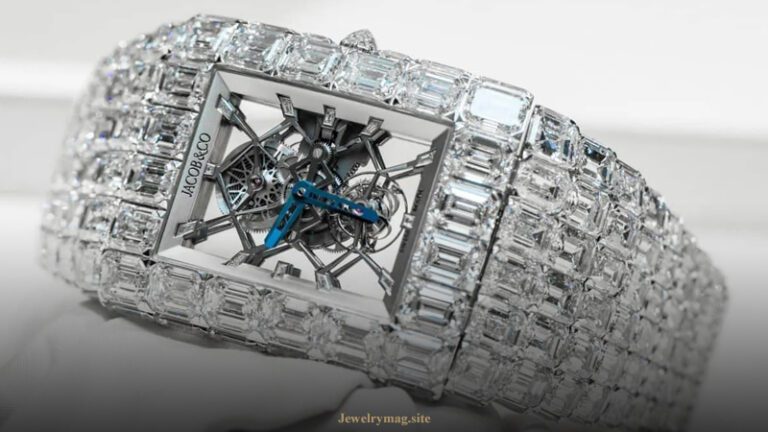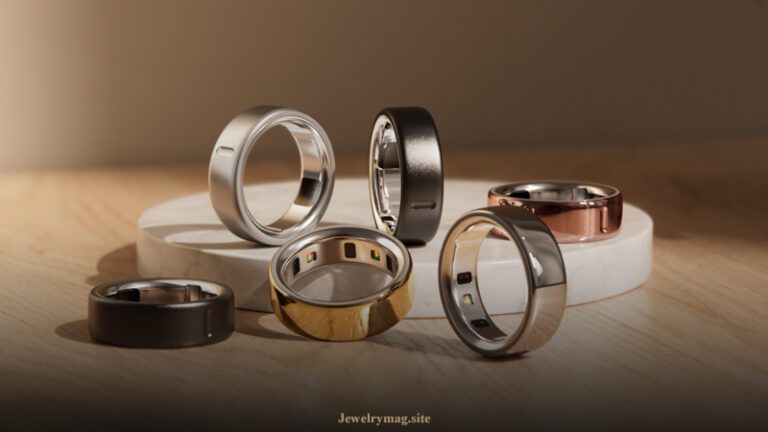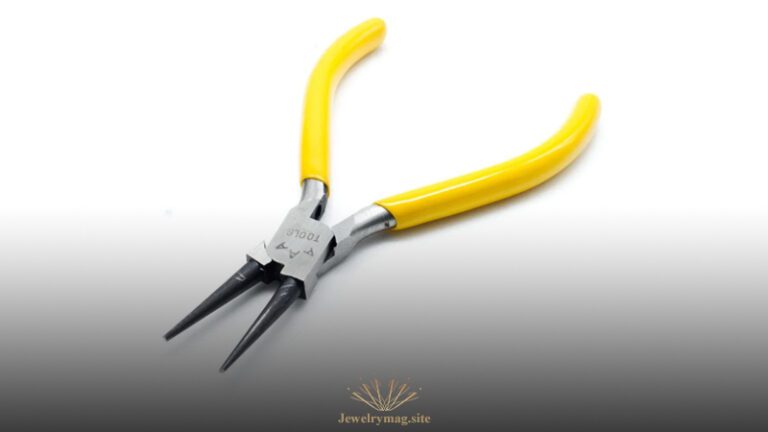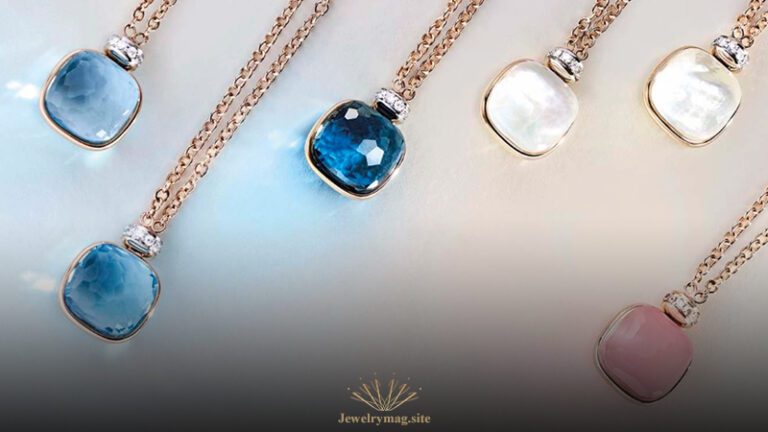Jewelry making is an ancient art that has captivated humanity for centuries. From simple bead necklaces to intricate metalwork, the craft of creating jewelry requires a range of specialized tools.
These tools not only aid in the creation of beautiful pieces but also ensure precision, durability, and professional quality in the final product. This comprehensive guide explores the essential jewelry making tools that every artisan, whether beginner or experienced, should have in their arsenal.
1. jewelry making tools-Pliers and Cutters
Pliers and cutters are fundamental tools in jewelry making. They come in various shapes and sizes, each designed for specific tasks.
a. Round Nose Pliers
Round nose pliers are essential for creating loops and curves in wire. The rounded tips allow for smooth, even bends without damaging the wire. They are perfect for making jump rings, eye pins, and other wire-based components.
b. Chain Nose Pliers
Chain nose pliers have flat, tapered tips that are ideal for gripping and bending wire. They are also used for opening and closing jump rings, crimping beads, and holding small components in place.
c. Flat Nose Pliers
Flat nose pliers have wide, flat tips that provide a strong grip on larger components. They are useful for straightening wire, flattening metal, and holding pieces securely during assembly.
d. Flush Cutters
Flush cutters are designed to cut wire cleanly and precisely. They are essential for trimming excess wire, cutting jump rings, and snipping off unwanted bits from your creations.
2. jewelry making tools-Saws and Blades
Sawing is a crucial technique in metalworking. Jewelry saws and blades allow for precise cutting of metal sheets and other materials.
a. Jeweler’s Saw Frame
A jeweler’s saw frame is a handheld tool used to hold saw blades. It is adjustable, allowing for the use of different blade lengths. This tool is essential for cutting intricate shapes and designs in metal.
b. Saw Blades
Saw blades come in various sizes and tooth configurations. Fine-toothed blades are used for delicate, intricate cuts, while coarser blades are suitable for thicker materials. Proper blade selection is crucial for achieving clean, precise cuts.
3. jewelry making tools-Files and Abrasives
Finishing and smoothing rough edges are essential steps in jewelry making. Files and abrasives help refine your pieces to a professional standard.
a. Needle Files
Needle files are small, precise files used for detailed work. They come in various shapes, such as flat, round, and triangular, allowing for versatile use in refining edges, smoothing surfaces, and shaping components.
b. Sandpaper and Polishing Papers
Sandpaper and polishing papers come in different grits, from coarse to fine. They are used to smooth surfaces, remove scratches, and prepare metal for polishing. Polishing papers provide a finer finish and are ideal for achieving a high shine on metal surfaces.
c. Rotary Tools
Rotary tools, such as Dremels, are versatile instruments that can be fitted with various attachments for sanding, polishing, and engraving. They save time and effort, especially when working on larger pieces or intricate designs.
4. jewelry making tools-Hammers and Mallets
Hammers and mallets are used for shaping metal, creating textures, and riveting components together.
a. Ball Peen Hammer
A ball peen hammer has a flat face for general hammering and a rounded peen for creating textures and shaping metal. It is a versatile tool that is essential for metalworking.
b. Rawhide Mallet
A rawhide mallet is used to shape metal without marring the surface. It is ideal for forming and shaping metal sheets, as well as for use with a bench block or anvil.
c. Chasing Hammer
A chasing hammer has a large, flat face for striking chasing tools and a ball peen for texturing metal. It is commonly used in decorative metalwork and for creating intricate designs.
5. jewelry making tools-Soldering Tools
Soldering is a technique used to join metal components together using a filler metal. The following tools are essential for successful soldering.
a. Soldering Torch
A soldering torch is used to heat metal to the required temperature for soldering. It is essential for fusing metal components, attaching findings, and creating intricate designs. Torches come in various sizes and fuel types, including butane, propane, and acetylene.
b. Soldering Board
A soldering board is a heat-resistant surface used to support your workpiece during soldering. It protects your workspace and helps reflect heat back onto the piece for more efficient soldering.
c. Pickle Pot
A pickle pot is used to clean metal after soldering. It contains a mild acid solution that removes oxidation and flux residue, leaving your piece clean and ready for further work.
6. jewelry making tools-Measuring and Marking Tools
Accurate measurements and markings are crucial in jewelry making. These tools help ensure precision and consistency in your designs.
a. Ruler and Calipers
A ruler and calipers are used for measuring dimensions accurately. Calipers, in particular, are useful for measuring thicknesses and diameters with high precision.
b. Scribe and Marking Pen
A scribe is a pointed tool used to mark metal surfaces for cutting and drilling. A marking pen can also be used for temporary markings that are easy to see and remove.
7. jewelry making tools-Beading Tools
Beading is a popular technique in jewelry making that involves stringing beads together. These tools are essential for creating beautiful beadwork.
a. Bead Board
A bead board is a workspace with grooves and compartments for arranging and organizing beads. It helps in designing and planning your bead patterns before stringing them together.
b. Beading Needles
Beading needles are thin, flexible needles designed for stringing beads. They come in various lengths and thicknesses, allowing you to work with different bead sizes and stringing materials.
c. Crimping Pliers
Crimping pliers are used to secure crimps onto beading wire. Crimps hold the beads in place and provide a secure finish to your beadwork. Crimping pliers ensure that crimps are properly compressed for a professional look.
8. jewelry making tools-Miscellaneous Tools
There are several other tools that, while not categorized under specific types, are nonetheless essential in jewelry making.
a. Bench Block
A bench block is a solid, flat surface used for hammering and shaping metal. It provides a stable work area and helps achieve clean, precise results.
b. Third Hand Tool
A third hand tool is a holding device that helps stabilize your workpiece during soldering and other intricate tasks. It frees up your hands and allows for more precise work.
c. Tumbler
A tumbler is a machine used for polishing jewelry. It consists of a rotating barrel filled with polishing media that smooths and shines your pieces as they tumble. Tumblers save time and effort in achieving a high-quality finish.
9.jewelry making tools-Advanced and Specialized Tools
For those who are advancing in their jewelry making skills, or for professionals, investing in more specialized tools can significantly enhance the complexity and quality of their work.
a. Engraving Tools
Engraving tools, such as gravers and electric engravers, are used to carve designs into metal surfaces. They allow for detailed and personalized embellishments, making each piece unique.
b. Rolling Mill
A rolling mill is used to reduce the thickness of metal sheets and wire while maintaining even pressure. It can also be used to imprint patterns and textures onto metal surfaces, adding a professional touch to your creations.
c. Dapping Block and Punch Set
A dapping block and punch set is used to create domed shapes and curves in metal sheets. The set includes a variety of punches and a block with hemispherical indentations for forming consistent, rounded shapes.
d. Ultrasonic Cleaner
An ultrasonic cleaner uses high-frequency sound waves to clean jewelry pieces thoroughly. It is especially effective for removing dirt, oil, and polishing compounds from hard-to-reach areas, ensuring a spotless finish.
10.jewelry making tools-Safety Equipment
Safety is paramount in jewelry making, as many processes involve sharp tools, high temperatures, and potentially hazardous materials.
a. Safety Glasses
Safety glasses protect your eyes from flying debris, metal filings, and chemical splashes. Always wear them when cutting, sanding, or soldering.
b. Respirator Mask
A respirator mask protects you from inhaling harmful fumes and dust particles. It is especially important when soldering or working with chemicals.
c. Heat-Resistant Gloves
Heat-resistant gloves protect your hands from burns when handling hot metal or using a soldering torch. They provide an added layer of safety and comfort.
d. Apron
An apron protects your clothing and skin from debris and chemicals. Choose one made of a sturdy material that can withstand sparks and splashes.
11.jewelry making tools-Storage Solutions
Organizing your tools and materials is crucial for maintaining an efficient and productive workspace.
a. Tool Organizer
A tool organizer keeps your tools neatly arranged and easily accessible. Look for one with compartments and hooks to store pliers, hammers, and other essential tools.
b. Bead Storage
Bead storage solutions, such as trays with compartments or stackable containers, help keep your beads organized by size, color, and type. This makes it easier to find and use the right beads for your projects.
c. Workbench
A sturdy workbench provides a dedicated space for your jewelry making activities. It should have ample storage for tools and materials, as well as a solid surface for working on.
12.jewelry making tools-Learning and Inspiration
Continual learning and inspiration are vital for growing as a jewelry maker. Numerous resources are available to help you develop new skills and stay inspired.
a. Books and Magazines
Books and magazines on jewelry making offer valuable insights, tutorials, and inspiration. They cover a wide range of techniques and styles, from traditional metalworking to contemporary beading.
b. Online Courses and Tutorials
Online courses and tutorials provide flexible learning opportunities. Many platforms offer video lessons from expert jewelers, covering everything from basic techniques to advanced projects.
c. Jewelry Making Communities
Joining jewelry making communities, both online and in person, can provide support, feedback, and inspiration. These communities often share tips, showcase work, and offer opportunities for collaboration.
13.jewelry making tools-Sustainable Practices in Jewelry Making
Sustainability is becoming increasingly important in all crafts, including jewelry making. Adopting sustainable practices not only helps the environment but can also set your work apart.
a. Recycled Materials
Using recycled metals and stones reduces the demand for newly mined materials. Many suppliers offer eco-friendly options for gold, silver, and other metals.
b. Ethical Sourcing
Ensuring that your materials are ethically sourced means that they are obtained in a manner that respects human rights and environmental standards. Look for suppliers who provide transparency about the origins of their materials.
c. Eco-Friendly Tools and Practices
Using eco-friendly tools and adopting green practices, such as minimizing waste and using non-toxic chemicals, can reduce the environmental impact of your jewelry making process.
14.jewelry making tools-Jewelry Making Kits
For beginners or those looking to try a new technique, jewelry making kits are a great option. These kits typically include all the necessary tools and materials for a specific project, along with detailed instructions.
a. Beading Kits
Beading kits contain beads, stringing material, findings, and often tools like beading needles and crimping pliers. They are perfect for creating necklaces, bracelets, and earrings.
b. Metalworking Kits
Metalworking kits include tools like pliers, hammers, and saws, along with metal sheets or wire. These kits are great for learning techniques such as sawing, shaping, and texturing metal.
c. Soldering Kits
Soldering kits come with a soldering torch, solder, flux, and a soldering board. They are ideal for those new to soldering or looking to improve their skills in joining metal components.
a great video from the amazing process of jewelry making
Conclusion
Jewelry making is a deeply fulfilling craft that allows for endless creativity and personal expression. The right tools are essential for producing high-quality pieces, ensuring precision, and making the process enjoyable. Whether you are a beginner taking your first steps into the world of jewelry making or an experienced artisan looking to expand your toolkit, investing in quality tools will greatly enhance your work. Remember to prioritize safety, stay organized, and continually seek inspiration and knowledge. With dedication and the right tools, you can create beautiful, lasting jewelry that tells a story and reflects your unique artistic vision.

